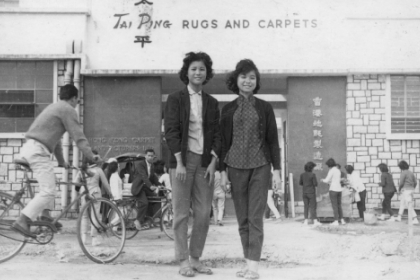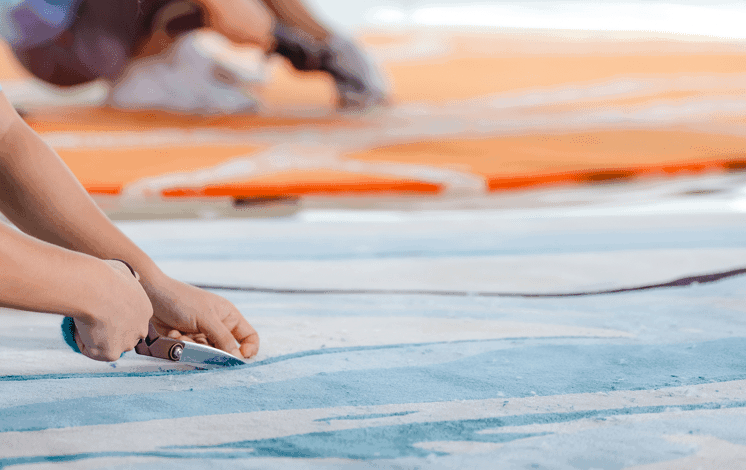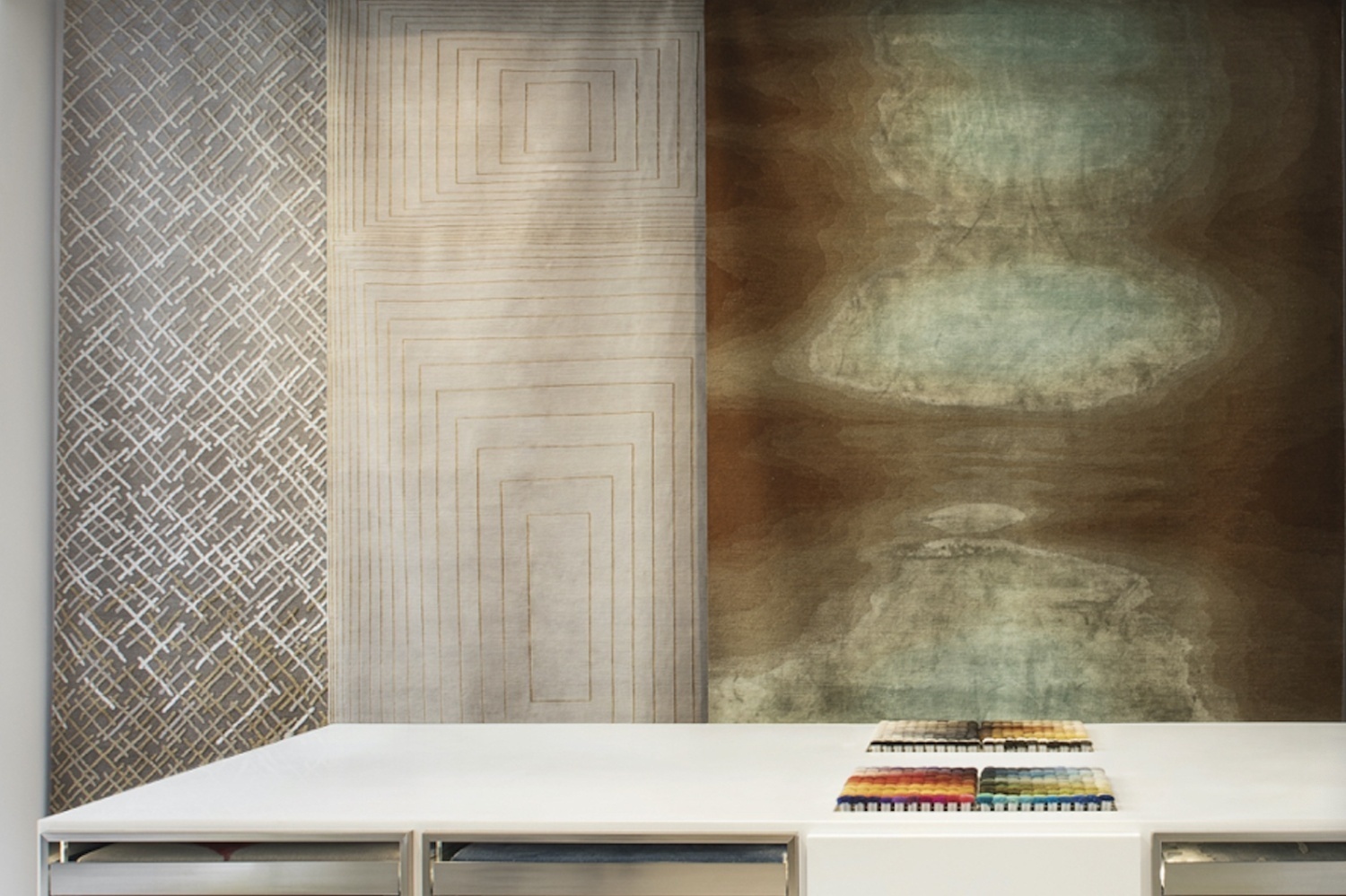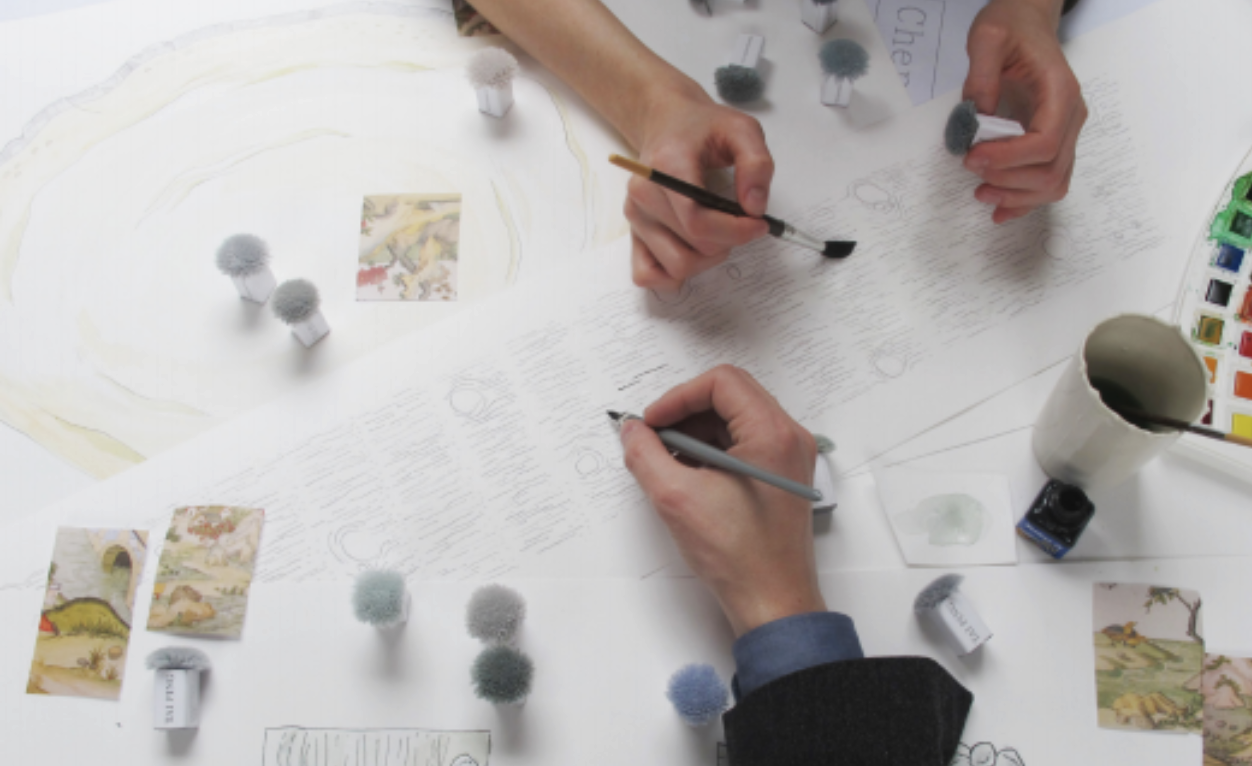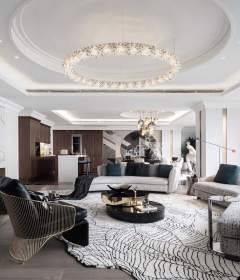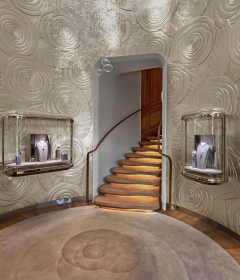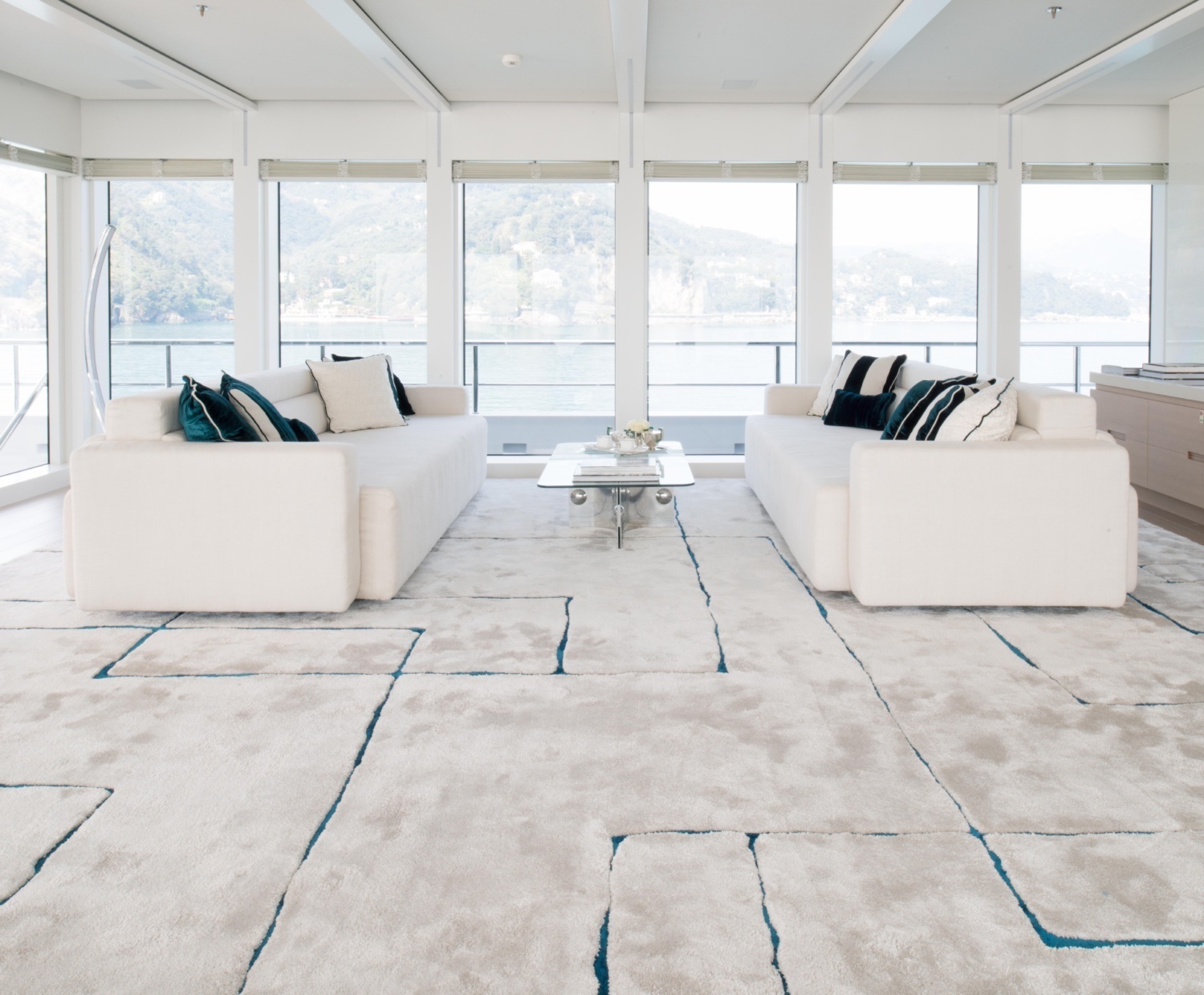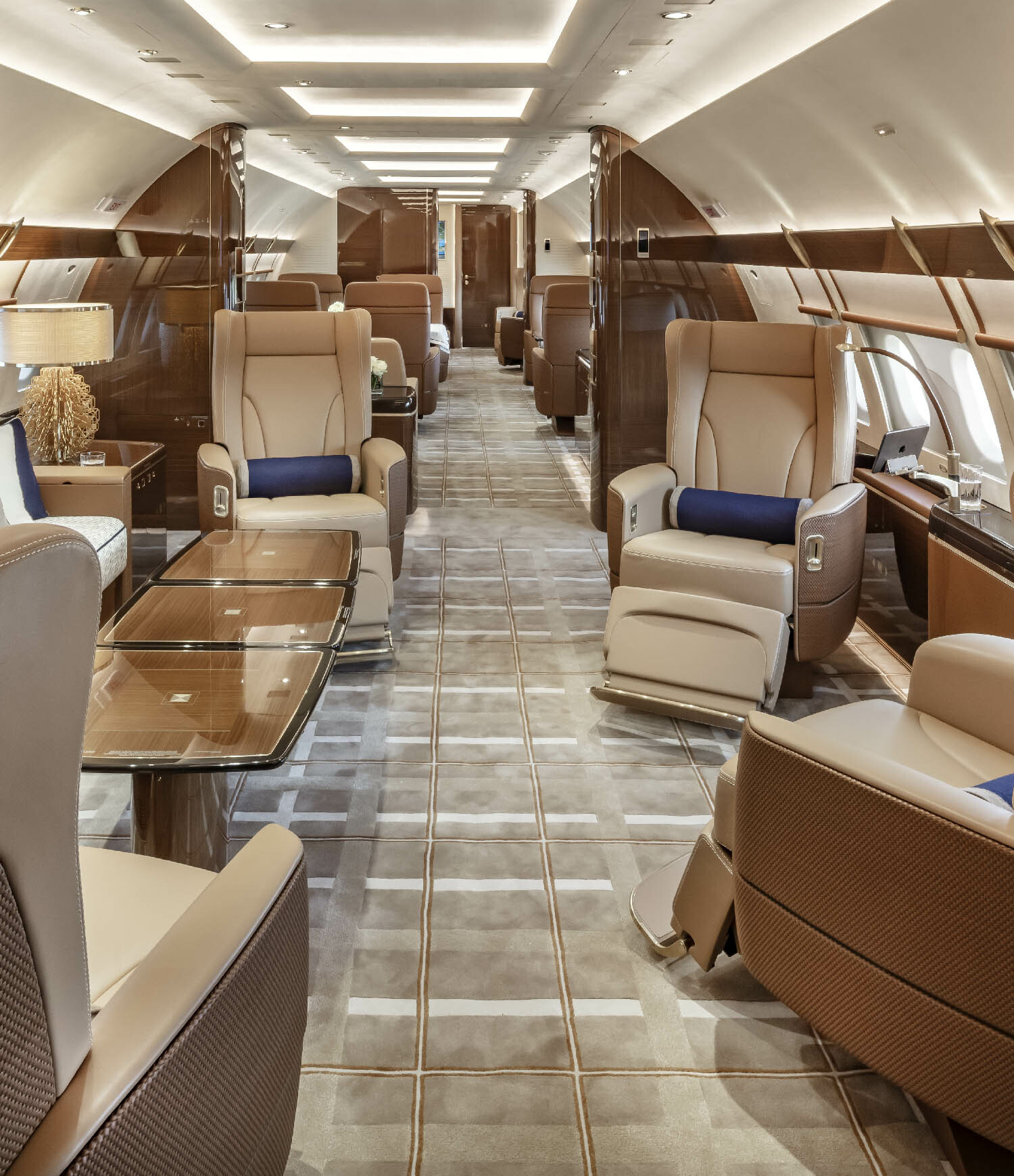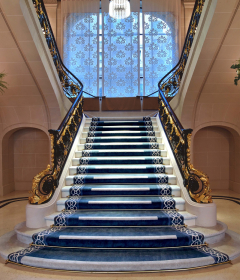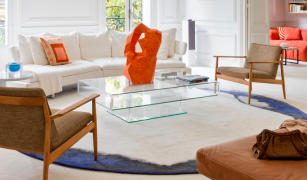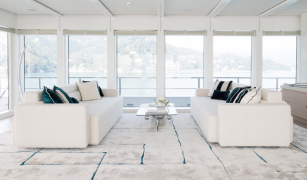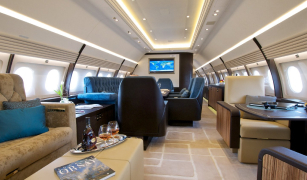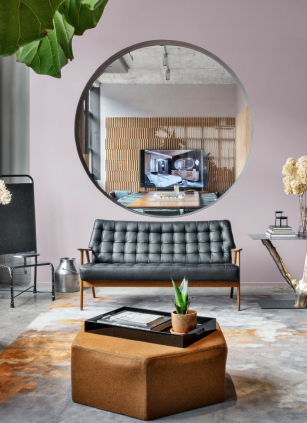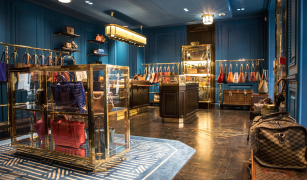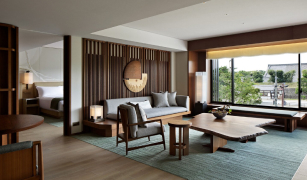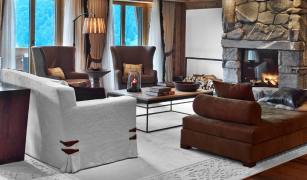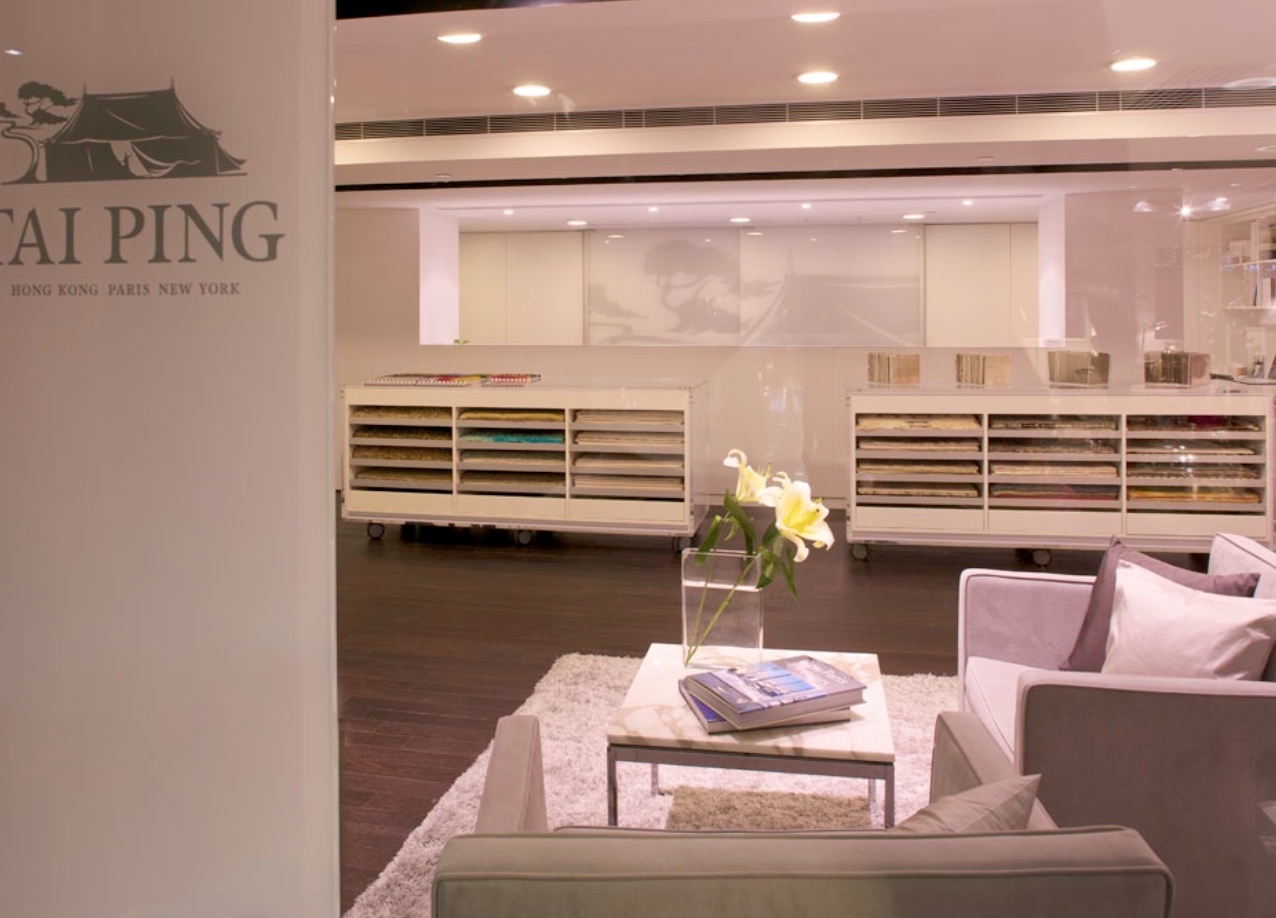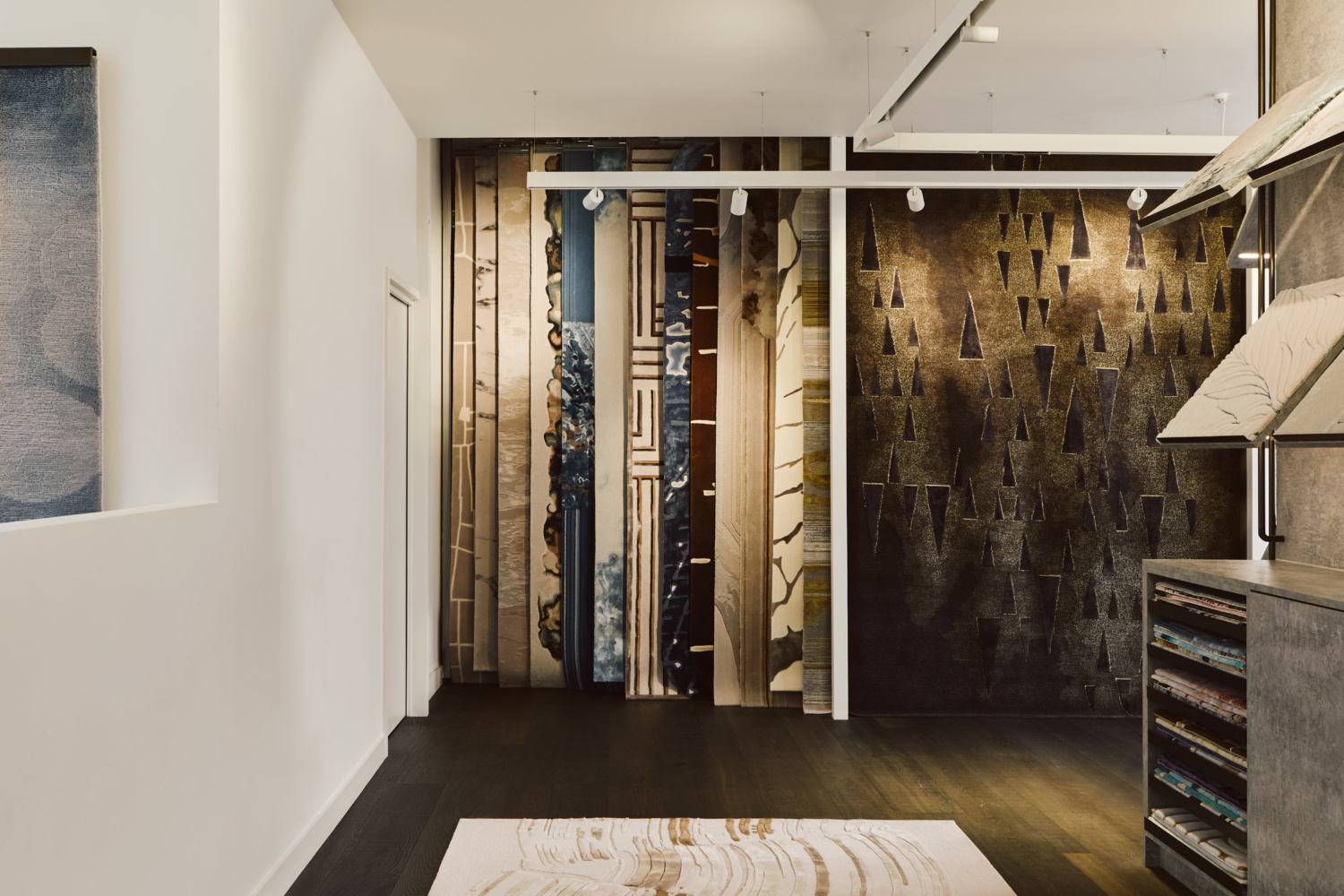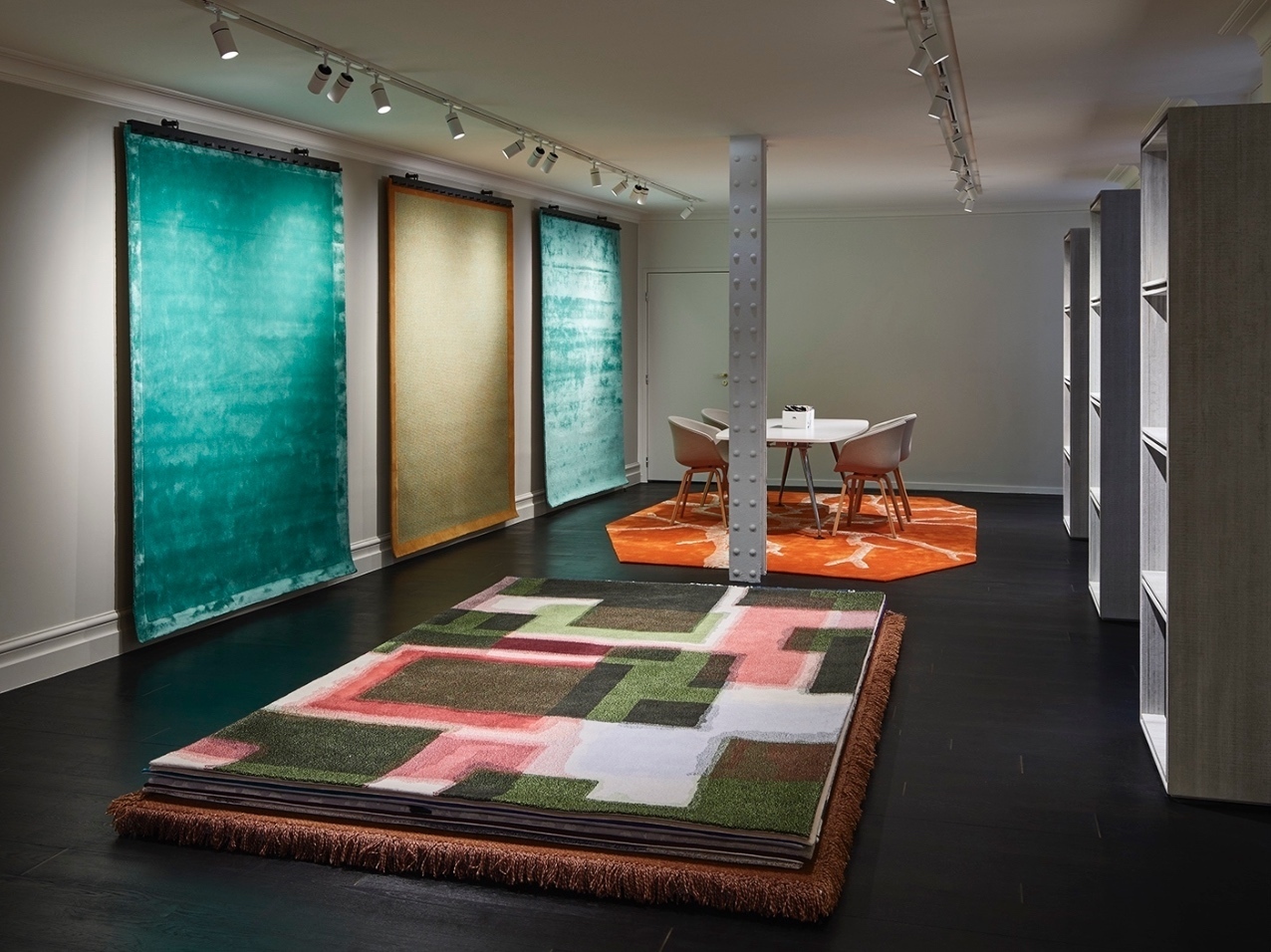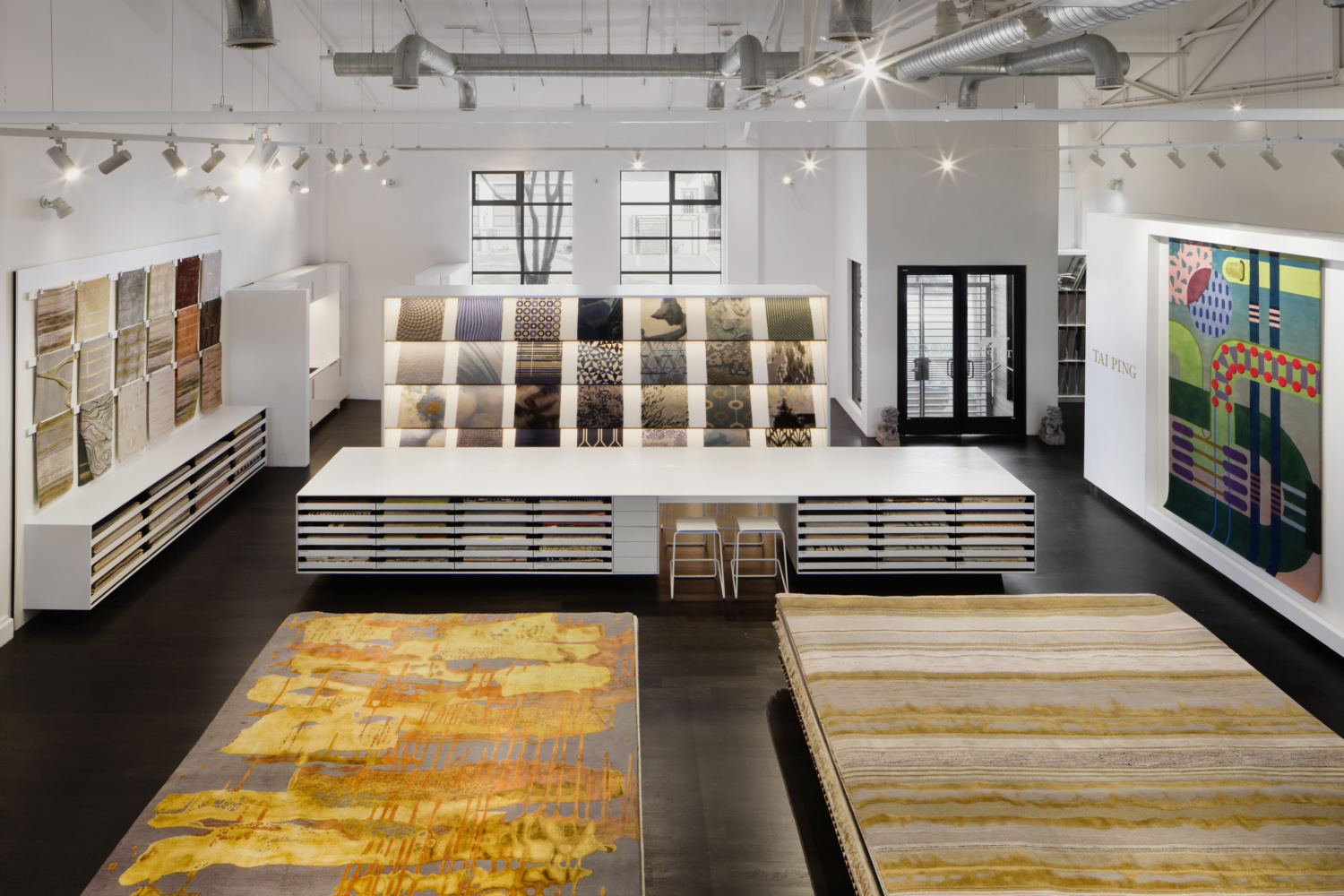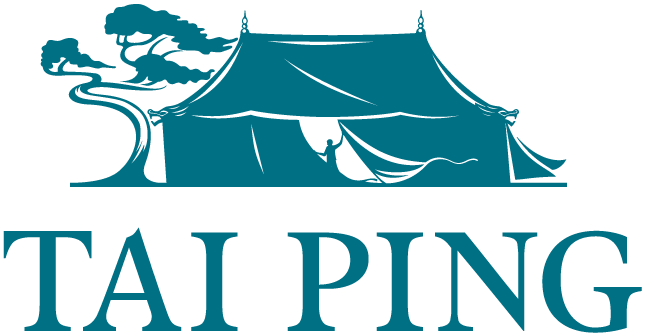Requires a Professional Account
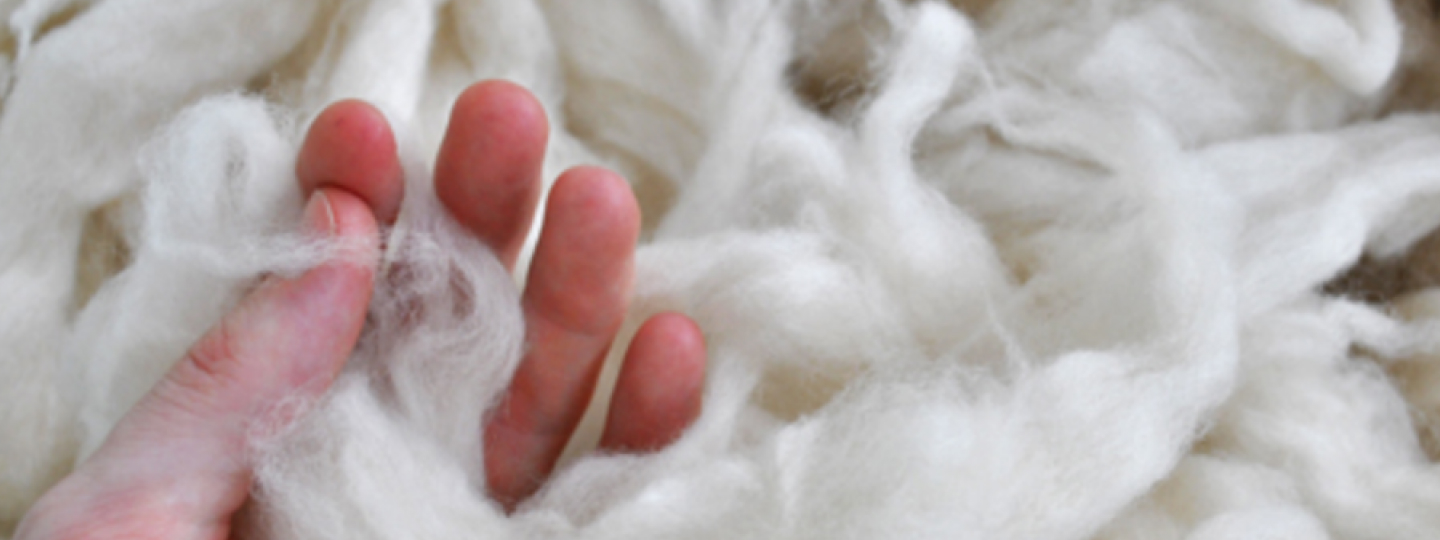
The Tai Ping artisan workshop is a zero-pollutant discharge facility where 100% of water needs are met through recycling and rainwater harvesting. The wastewater treatment plant incorporates settlement, filtration, ultra-filtration, aeration and flocculation, chemical and biological treatments and reverse-osmosis which remove all colour and pollutants. The resulting clean water is upcycled for use in yarn dyeing, bathrooms, factory cooling equipment and irrigation systems to water the grounds and outdoor employee rest areas.
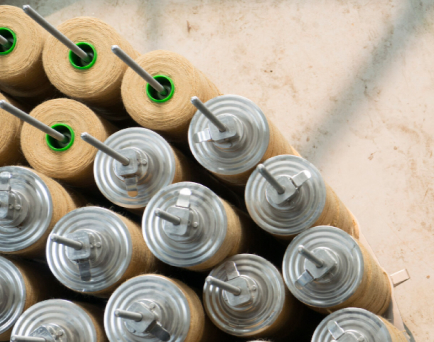
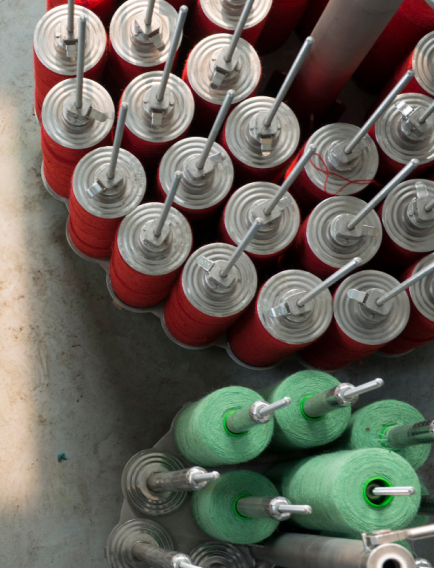
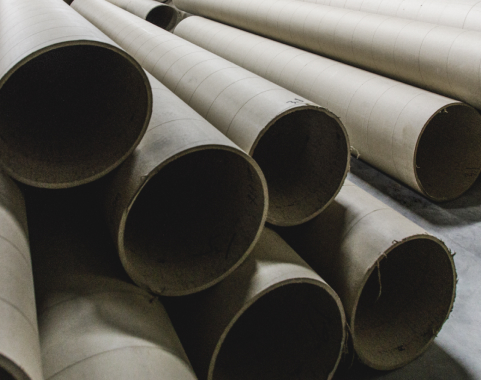
Recycle – Any materials not reused or recycled are donated or sold as raw materials to selected partners or innovators, used for bedding materials, flexible outdoor sports surfaces, art installations, such as sculptures and more. (For example, in 2019, Tai Ping partnered with Design Trust Futures Studio in Hong Kong (https://designtrust.hk/DTFS/home/) on a year-long initiative titled Heritage is Innovation which involved the upcycling of yarn scraps repurposed to make decorative vases).
Reuse – Offcuts (yarn and other materials) are stored for reuse. Either reused in manufacturing through re-dyeing, or used on other projects. ( In 2019, the workshop achieved an average yarn utilisation rate of 75.2%).
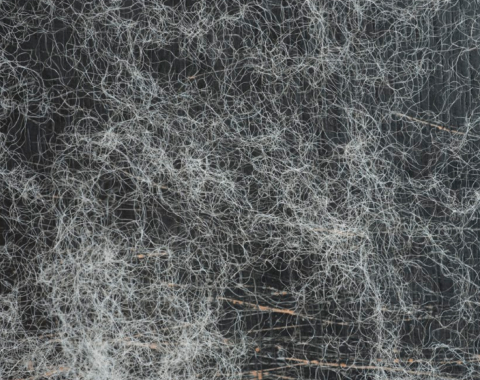

Tai Ping’s artisan workshop is a wholly-owned facility that is vertically integrated for maximum process control and greater independence from supply chain uncertainties. From design to installation, Tai Ping provide full transparency and confidence around environmental credentials and employee welfare.
The in-house management and execution of materials testing, design, sampling, template production, yarn preparation, dyeing, tufting, latexing and finishing, ensures total quality control and full validation of the processes and working conditions.
With an active research and development team monitoring technological advancements in yarn preparation, dyeing, tufting and overall product construction, Tai Ping leads the industry in extending product lifespan and reducing environmental impact.
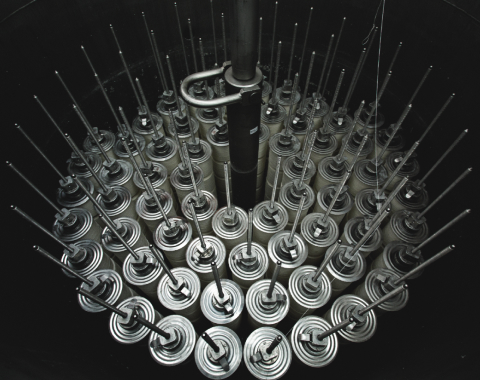
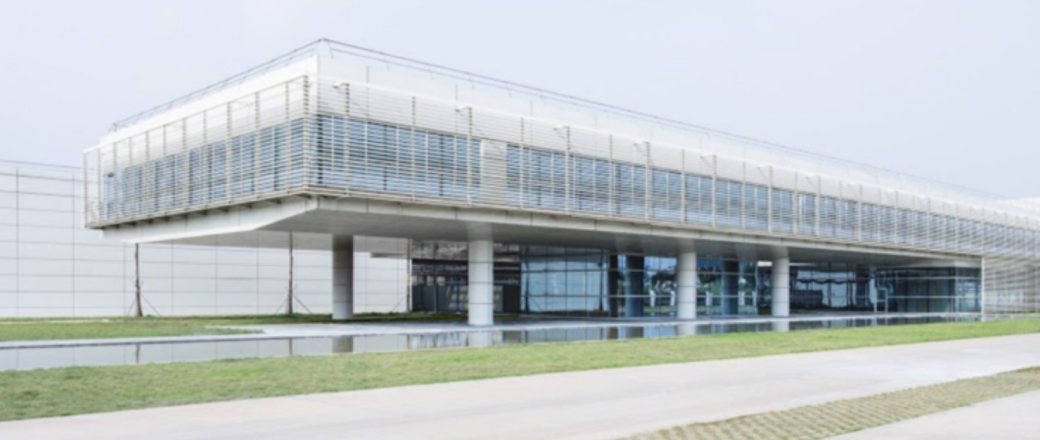
Designed by Paris-based Sandrolini Architecture, Tai Ping’s state-of-the-art manufacturing workshop in Xiamen, China features environmentally-friendly elements that minimise energy consumption and maximise the use of natural light and ventilation.
Evaporative cooling systems and north-facing ventilation methods reduce energy consumption. The heating, ventilation and air conditioning (HVAC) system is limited to critical areas ( dyestuff storage, dyeing and the control room), while other work areas feature air circulating fans, the use of water and plants, natural air vents, projected shade and atrium spaces that draw in fresh air. In addition, natural light and energy-efficient LED lighting systems, plus strict machinery scheduling reduce energy consumption.
